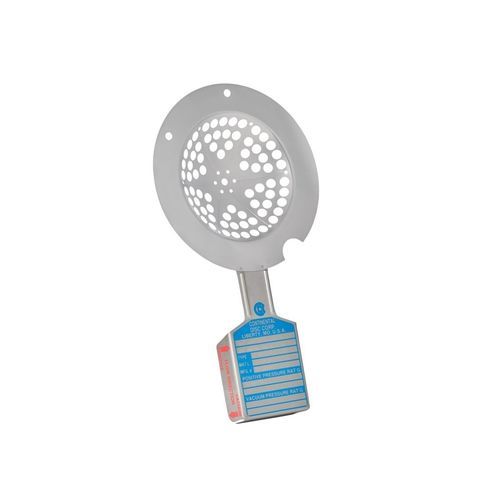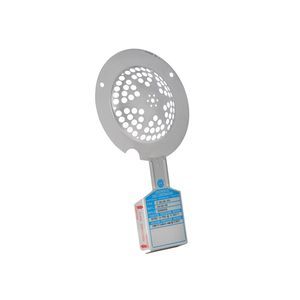
- Hydraulics - Pneumatics
- Valve
- Flat seat rupture disc
- Continental Disc Corp.
Double-acting rupture disc POS-A-SET®flat seatmetalultra-low-pressure

Add to favorites
Compare this product
Characteristics
- Type
- flat seat, double-acting
- Material
- metal
- Other characteristics
- ultra-low-pressure
- Burst pressure
Min.: 2 psi
Max.: 150 psi
- Nominal diameter
Min.: 80 mm
(3 in)Max.: 300 mm
(12 in)
Description
Relieve ultra-low vacuum or positive pressure conditions with the highly accurate, bidirectional POS-A-SET rupture disc.
Our double-acting design allows the POS-A-SET to do the work of two rupture discs with just one installation point. It relieves low positive pressure (as low as 1 inwc) with a girdle and knife-blade assembly on one side, while slightly higher negative pressure is relieved from the other side with perforations and a pre-cut section.
The POS-A-SET’s easy-to-clean flat seat design reduces product buildup, making it easier to meet FDA requirements.
Looking for the CAL-VAC rupture disc? Nearly identical to the POS-A-SET rupture disc, the CAL-VAC relieves ultra low-pressure in the negative direction – the inverse of the POS-A-SET’s ultra-low relief in the positive direction. Contact us if you aren’t sure which you need.
Two sides to the POS-A-SET rupture disc
As system pressure approaches the burst pressure setting on the ultra-low positive pressure side, a girdle is loaded until it deflects back past a knife-blade assembly in the holder. As the girdle passes the knife blade, the seal is divided in a triangular pattern to relieve the pressure.
CAL-VAC rupture discs vs. POS-A-SET rupture discs
The difference between the CAL-VAC and the POS-A-SET is the orientation of pressure relief components. The CAL-VAC relieves ultra low-pressure in the vacuum (negative) pressure direction, while the POS-A-SET rupture disc relieves ultra-low pressure in the positive pressure direction.
Catalogs
CDC PRODUCT SELECTION GUIDE
24 Pages
PRODUCT SELECTION GUIDE
20 Pages
Other Continental Disc Corp. products
Specialized Rupture Discs
Related Searches
- Bursting disc
- Metal rupture disc
- Inverted bursting disc
- Stainless steel bursting disc
- Flat seat bursting disc
- Low-pressure bursting disc
- Reverse acting rupture disc
- Forward acting rupture disc
- High-pressure bursting disc
- Custom rupture disc
- Graphite rupture disc
- Angular seat rupture disc
- Composite rupture disc
- Sanitary rupture disc
*Prices are pre-tax. They exclude delivery charges and customs duties and do not include additional charges for installation or activation options. Prices are indicative only and may vary by country, with changes to the cost of raw materials and exchange rates.







